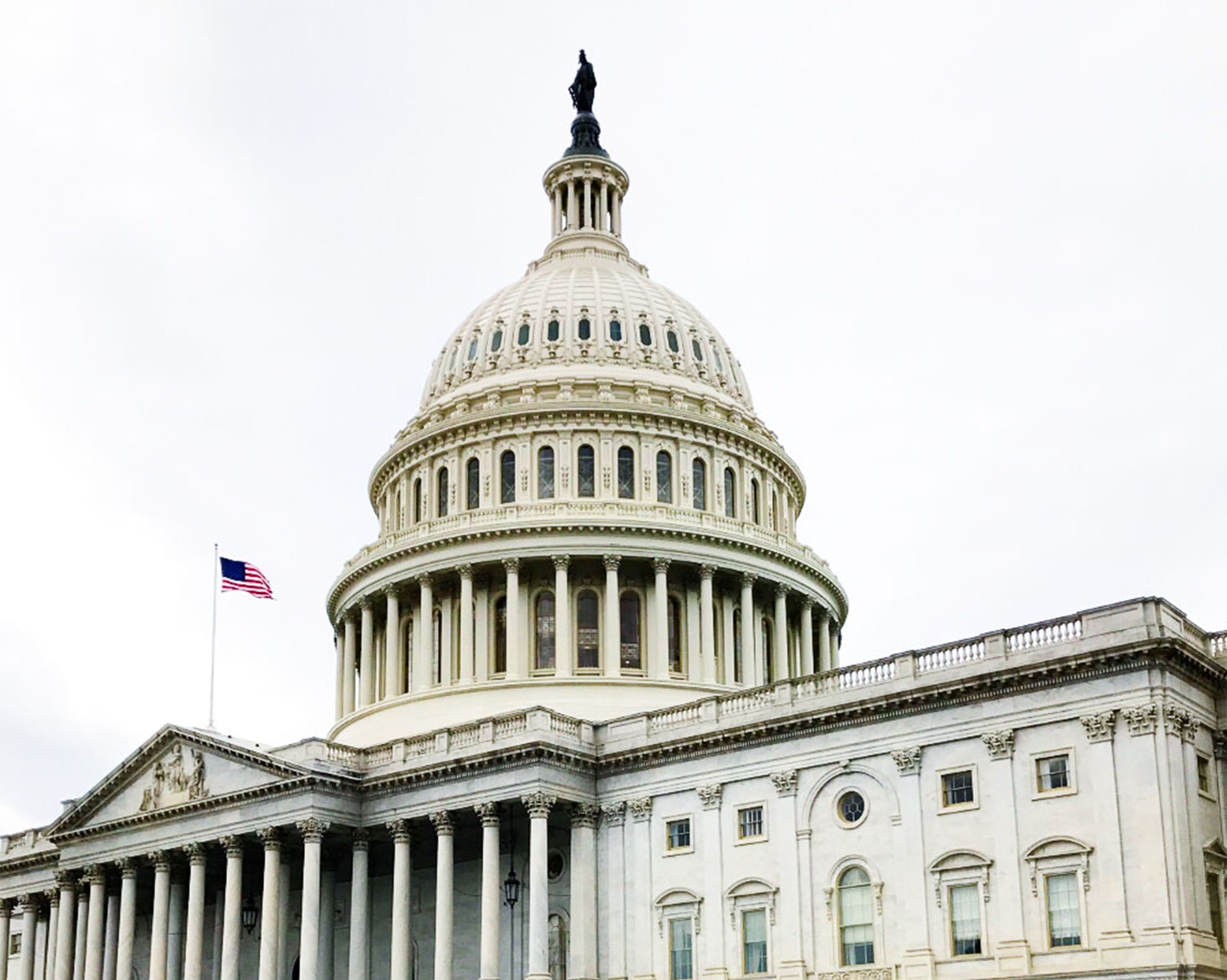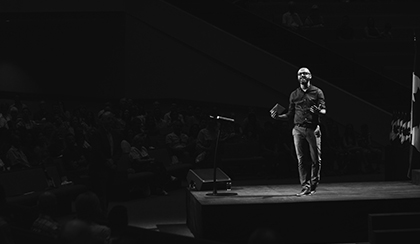The following post is the first in a series examining how the use of commercial data and innovative data analytics techniques are being used to empower individuals in a variety of ways.
It’s not exactly a closely-guarded secret that voter turnout in the United States has a tendency to lag well-behind other established democracies. While it’s probably not fair to compare U.S. turnout with countries that mandate voting (a fine is a pretty effective way to encourage participation), the U.S. still trails behind comparable non-compulsory voting countries such as Austria, Sweden and Italy that experience turnout rates near 80%.[1] In the U.S., about 60% of the eligible population votes during presidential election years, and about 40% vote in midterm elections.[2] When presented with global images of long lines in Kandahar and the Sudan, where citizens risk limb and possibly life to participate in the most basic of civil rights, the U.S. turnout rates can dull the senses of even the sunniest of optimists.
In November 2008 President-elect Barack Obama swept into office on the tide of the highest voter turnout rate since 1976. Obama and his staff were credited with running one of the savviest campaigns to date that fully-utilized the internet as a means of reaching out to potential voters with the right message at the right time in the right place. The campaign was widely-credited with not only harnessing the power of newly-emerging social media platforms, but also with becoming one of the first campaigns to realize the potential of leveraging the use of commercial data to help ensure that possible voters were seeing messages that mattered to them, and more importantly, messages that could inspire them to take action and participate in the civic process. Since 2008, political parties of all shapes and sizes have been exploring the judicious use of commercial data to get newly-engaged voters to the polls.
With the 2008 election being historic for many reasons, it’s easy to lose sight of an often overlooked, yet fascinating development – that when used appropriately, the marriage of commercial data and relevant messaging can lead to an uptick in citizens exercising that most basic of civil rights, voting.
[1] Source: FairVote, The Center for Voting and Democracy, www.fairvote.org
[2] Source: FairVote, The Center for Voting and Democracy, www.fairvote.org



